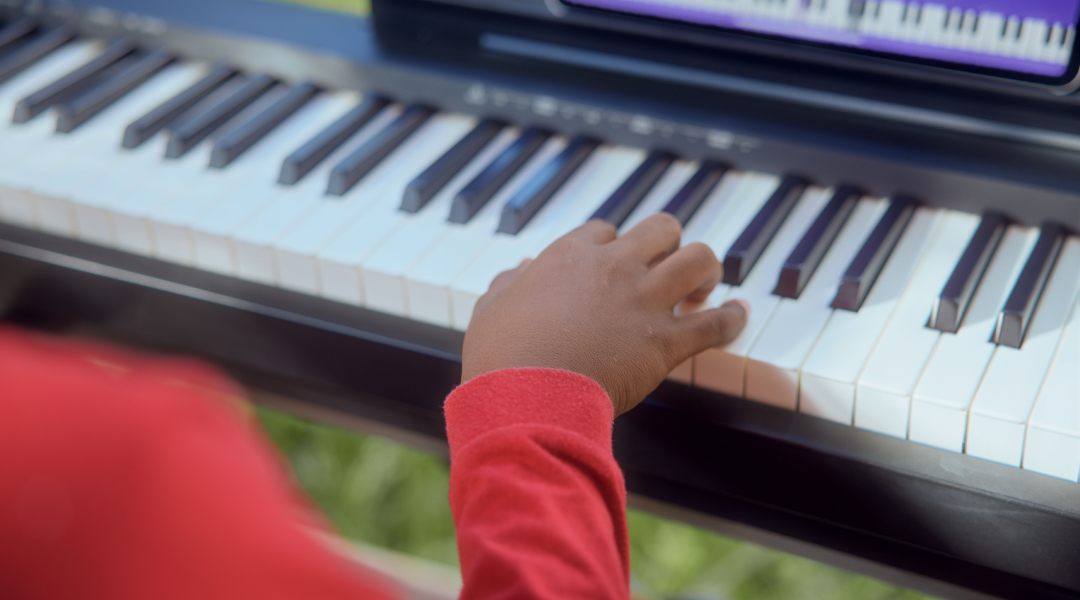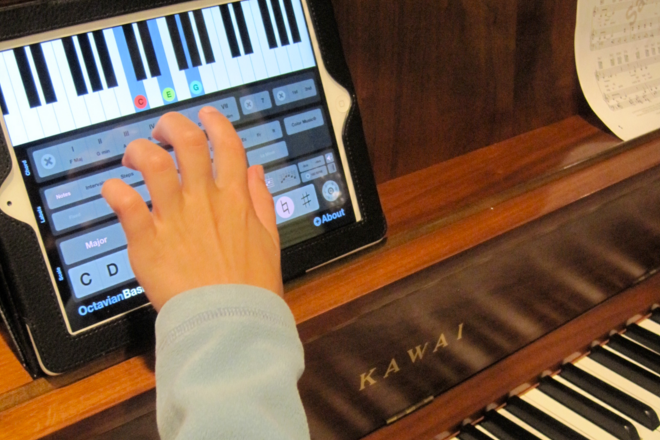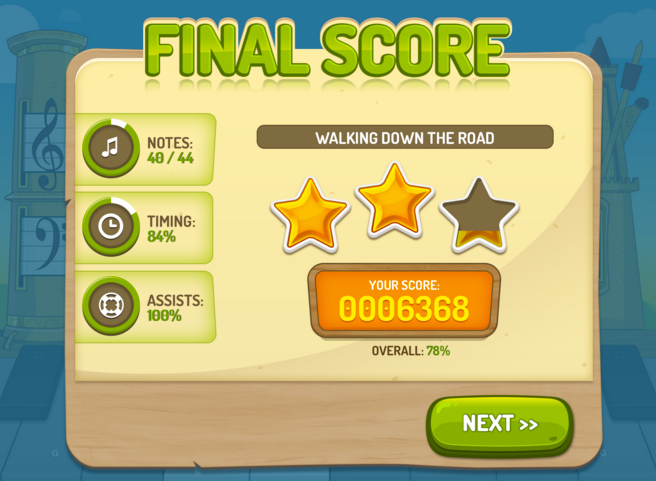Everything You Need to Know About Piano Cleaning
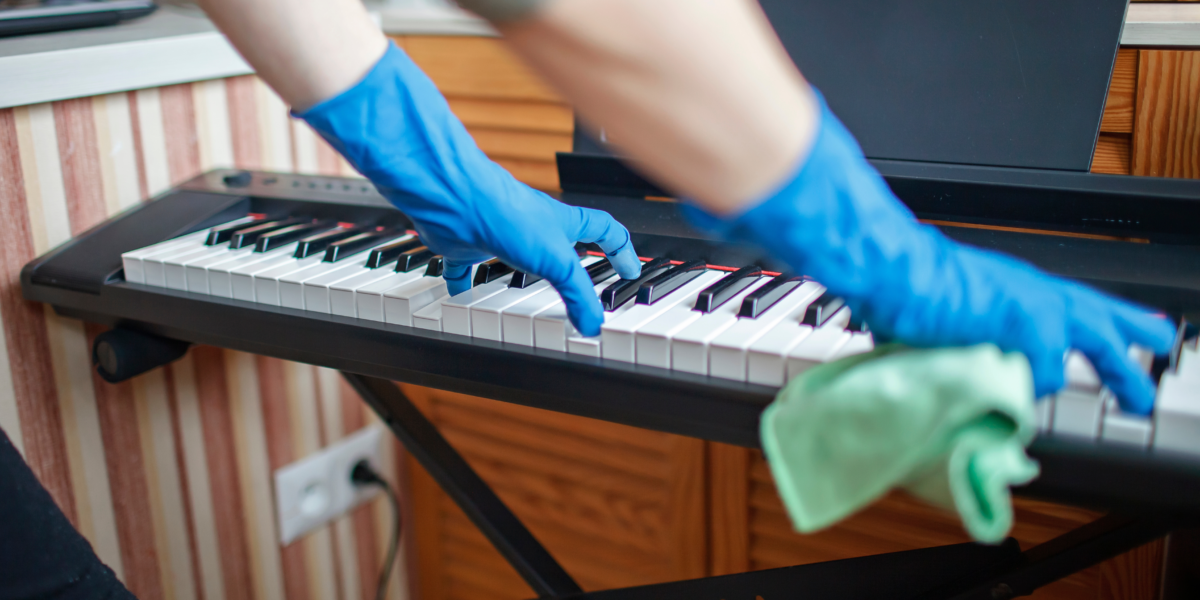
Learn how to clean your piano in the right way. This article shares tips on piano cleaning and helps you avoid the most common mistakes.
Caring for your piano is instrumental. It keeps it sounding good and maintains its integrity. The piano is a unique instrument that creates beautiful sounds. Instrument-makers use high-quality materials to create pianos. However, performance-based materials require more care.
While cleaning your instrument with your cleaning products at home is tempting, it could be a grave mistake.
So how do you clean your piano safely and adequately?
Here’s everything from the tools and products to the cleaning techniques you need to clean your piano.
Cleaning your piano.
When cleaning an acoustic piano (whether a cabinet or grand), it’s essential to clean your instrument with care and precision.
Part of that is knowing about the materials that make up your specific instrument. Depending on your piano, different products are necessary for disinfecting it.
Luckily, one thing that remains the same (regardless of the piano), is the step-by-step process for cleaning it.
And it all starts with your keyboard.
Keys
Regular keyboard cleaning is an effective way to keep your keys looking good and maintain them. There are a variety of product recommendations. However, depending on your piano, the materials may be able to handle general cleaning products like hydrogen peroxide – to know for sure, check with the manufacturers.
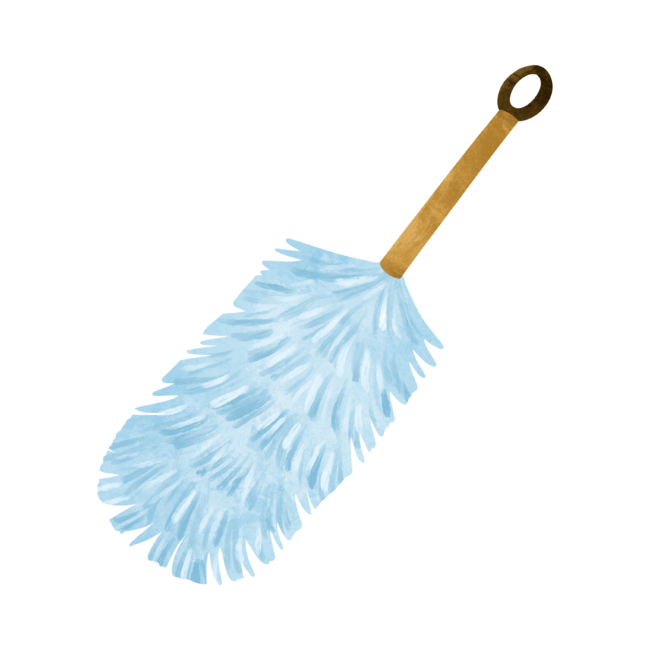
Tools & products
- Ivory/ebony keys – water and a light amount of soap
- Plastic keys – one part vinegar, four parts warm water.
- Flannel or microfibre cloth
- Feather duster
Start by removing the dust from your keys. Using a feather duster, lightly brush any dust particles away from your keys. We recommend you dust your keys every few days.
Now it’s time to disinfect the keys. Wipe the keys vertically from the top using a soft, damp cloth. Clean each key individually. If you wipe down the whole keyboard at once, moisture might get between the keys and can damage your instrument. If your piano has ebony and ivory keys, use a different cloth for the black and white keys. Lastly, wipe down the keys with a dry cloth to remove any moisture.
Casework
Cleaning the casework is a straightforward process. However, it’s also a delicate one. Acoustic pianos are built with fine wood, so you must be careful with what you put on them.

Tools & products
- Lint-free, flannel or microfibre cloth
- Water
- Piano polish
When cleaning the casework, use a lightly dampened cloth to wipe it down. Wipe your instrument down in small sections using straight strokes with the grain to remove dust and debris. Circular motions can leave swirl marks and streaks. After wiping each section down with a damp cloth, use a clean, dry cloth to remove any moisture.
Pianos don’t require polishing regularly. Only use polish if your instrument has a gloss finish. Additionally, it’s essential that you only use a polish that is specifically designed for pianos.
Spray a light amount of polish onto a clean cloth. Like cleaning the casework, wipe the piano down in small sections with straight strokes that go with the grain. Afterward, do another pass to wipe away any leftover moisture or product.
Strings
Piano strings play an integral role in the sound-generating mechanism. Over time, dust and rust gather on them, affecting their sound and quality. Cleaning your piano strings helps to keep them sounding great for longer.
Although, even with proper care, piano strings need replacement.
Check out our blog Everything You Must Know About Piano Strings to learn how to replace your piano strings.
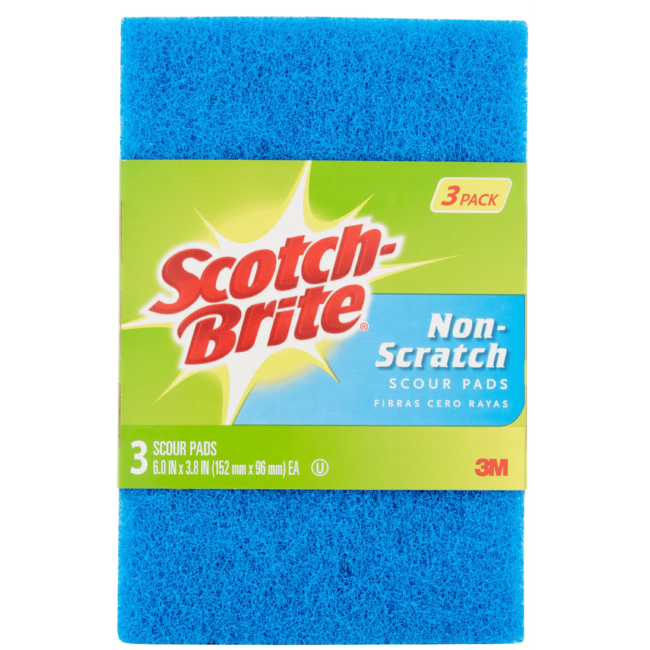
Tools & products
- Scotch bright pad
- Vacuum cleaner
- mask
Before cleaning your piano strings, put a mask on. Rust and dust inevitably end up in the air when cleaning the strings. With a protective mask on your face, you’re ready to gently scrub the piano strings with a cleaning pad. You should notice the dust and rust falling onto the soundboard.
To remove it, move on to the next section.
Soundboard
Cleaning your soundboard is a delicate process. For this section, unless you have some experience cleaning soundboards, we recommend that you hire a professional.
The soundboard is an extremely fragile section. You can damage your instrument if you clean it incorrectly or make a mistake.
Tools & products
- Can of compressed air
- Vacuum cleaner
Hold the can of compressed air a few inches above the soundboard. Using vertical strokes, blow the dust in the same direction as the strings. Make sure not to touch the strings or soundboard with your hands or the can. From there, carefully blow the dust and debris towards an accessible part of your instrument. Then use your vacuum cleaner to collect the dust.
Common mistakes when cleaning a piano.
Knowing how to clean your instrument correctly is vital to preserving it. Part of doing a good job is knowing what not to do.
Products
- Don’t use chemical-based cleaners. Pianos are made with fine wood, and chemical-based cleaners can damage your instrument.
- Don’t use a rough or dry cloth. Every section references a specific kind of cloth to use. The reason is that tougher fabrics can scratch the instrument. Even if you lightly scratch your piano, it can open the door for a faster deterioration.
Technique
- Don’t wipe all the keys at once. Wiping down your entire keyboard in one fell swoop can lead to moisture getting between the keys. This will hasten the deterioration of your instrument.
- Don’t use circular motions when wiping down your casework. By doing this, you can leave stain marks on your instrument.
General
- Protect your piano from the elements. Sunlight, humidity, heat, and even cold can age and damage your instrument. Ideally, store your instrument in a cool, dry place away from direct sunlight and temperature or atmosphere-altering devices.
- Keep your pets away from your piano. Cats and dogs bring a lot of debris and dirt into your home and shed. Cats are notorious for jumping onto countertops and virtually everything else in your home. If possible, isolate your instrument from your pets.
Tips for maintaining your piano.
While cleaning your piano is a great way to preserve it, preventative measures go a long way.
Follow these three tips to help keep your piano clean:
- Wash your hands before playing – most of our day-to-day activities require us to use our hands, which dirties them. Additionally, our hands naturally produce and release oils. The combination of oil and dirt is one of the main reasons that your piano keys get dirty.
- Close the lid when you finish playing – there’s no stopping dust and debris from finding their way onto your instrument. However, closing your keyboard lid reduces the dust it collects.
- Don’t place objects on your piano – your piano is not a table! While putting things on your piano may be convenient, it’s best to avoid doing so (especially food and drinks). Adding a protective fabric or coaster is recommended if you must put something on your piano.
There you have it! It’s essential to clean your piano. It keeps it looking fresh and helps it stand the test of time. While some parts require care more frequently, giving your piano some love is part of being a pianist.
Another aspect of being a musician is consistent practice and learning. However, it can be challenging to fit piano lessons into your daily schedule. Lucky for you, there’s an app for that. Simply Piano is a fantastic tool that can supplement your piano lessons or be a primary source to sharpen your skills. Give it a try today!






